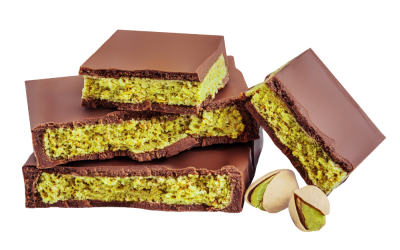Of all the tools available to the logistics industry, barcodes and UPCs may be some of the most valuable.
Still, there’s a lot of confusion about these two terms and whether or not they can be used interchangeably. Although both are used for warehousing and distribution, barcodes and UPCs aren’t identical. Let us explain the differences.
What is a Barcode?
Barcodes came into use in the mid 1960s, but there was very little regulation in the beginning. It didn’t take long for the first standards to be set by a company called Logicon, Inc. This company established the requirements for the Universal Grocery Products Identification Code (UGPIC), the precursor to the modern Universal Product Code (UPC).
From there, many other barcode standards evolved, outlining the protocols for dozens of barcoding systems. Although we don’t think of many of these other codes regularly, they’re often used to help track patients in hospitals, route mail through the postal system, or to identify our medicine orders from the neighborhood pharmacy, among other things.
Many of these barcodes are limited to use in particular countries, including the US, Canada and Japan, though a few are internationally recognized. Barcodes make sorting and tracking easier, no matter the industry in which they’re used.
How is a UPC Different?
UPC codes are simply one type of barcode that’s earned international recognition for retail and warehouse applications. When any consumer product is manufactured, it includes a UPC code that helps track it from the point of origin and all through the product fulfillment process. They’re also used to manage inventories and ensure the right order has been placed in the proper package.
A new UPC is issued by a company called GS1, which maintains the standards of the format. They’re typically 12 digits long; the first six numbers represent the manufacturer and the second is the product type’s unique number. So, for example, if you’re looking at Coke products, you’ll notice that the second set of digits are different, depending on if you’ve got a 12-ounce can of Coke or a 16-ounce bottle.
Although barcodes and UPCs are widely used, not every barcode is a UPC. In fact, unless you’re examining a retail item’s packaging, the chances are good that you’ve got one of the many other types of barcodes available. Even though barcodes aren’t necessarily all internationally recognized, they all make tracking and inventory much more simple and error-free.









